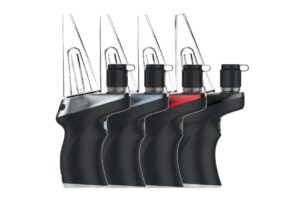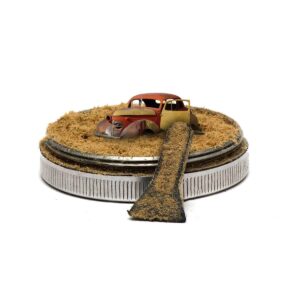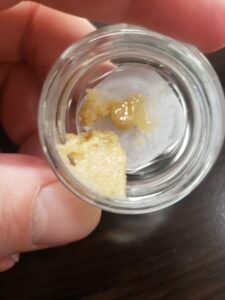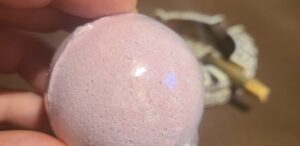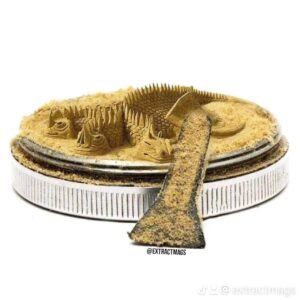When it comes to assessing the quality of cannabis, connoisseurs have long debated the significance of ash color. The prevailing myth in smoking circles is that a white or light gray ash indicates a higher quality product, while darker ash is a sign of inferiority. But is this belief grounded in truth, or is it just smoke and mirrors? Let’s explore the factors that affect the color of cannabis ash and whether it can genuinely be a measure of quality.
The White Ash Myth
The white ash myth suggests that cannabis that leaves a white ash has been grown and cured properly, free from contaminants. The argument is that impurities or leftover nutrients from poor growing practices result in darker ash. However, the color of cannabis ash can be influenced by many factors unrelated to the quality of the bud.
What Affects the Color of Cannabis Ash?
- Growing Methods: The way cannabis is grown can impact ash color. Organic growing methods that avoid synthetic fertilizers and pesticides are thought to produce cleaner ash, while chemical nutrients might contribute to darker ash. However, this is not a hard and fast rule, as the flush period (when growers stop giving nutrients to plants before harvest to clear residual chemicals) can significantly affect ash color regardless of the grow method.
- Curing Methods: Proper curing removes moisture and chlorophyll from the bud, which can lead to a lighter ash. Improperly cured cannabis might not combust as thoroughly, resulting in darker ash. However, even well-cured cannabis can leave a darker ash if the temperature at which it’s burned is not high enough to turn all carbon to ash.
- Strains and Terpenes: Different strains can produce varying ash colors due to their unique chemical compositions. Terpenes and other organic compounds can affect how completely a bud burns. Some believe that strains with high resin content or specific terpenes might burn to a whiter ash, but no conclusive evidence supports this claim.
- Combustion Temperature: The heat at which cannabis is burned can affect ash color. A higher temperature can create a whiter ash because it results in more complete combustion.
- Rolling Papers and Consumption Methods: The type of rolling paper used can contribute to the color of the ash. Bleached papers might produce a whiter ash, while natural, unbleached papers might result in a darker ash. Additionally, using a bong or pipe versus a joint can influence ash color due to differences in airflow and heat.
- Moisture Content: Cannabis with higher moisture content tends to burn less completely, which can lead to darker ash.
Weed and Ash Color
The factors mentioned above can individually or collectively influence the color of cannabis ash. However, it’s essential to recognize that darker ash does not necessarily mean the cannabis is of poor quality. It might simply indicate differences in growing conditions, curing methods, or consumption practices.
Is Ash Color a Reliable Indicator of Weed Quality?
Given the multitude of factors influencing ash color, it’s clear that using ash color as the sole measure of cannabis quality is unreliable. While a white ash may be aesthetically pleasing and can sometimes indicate certain positive attributes, such as proper flushing or curing, it’s not a definitive measure of the purity or potency of the cannabis.
The color of cannabis ash can be influenced by a myriad of factors and is not a foolproof method of judging quality. While white ash might be indicative of certain desirable cultivation and curing practices, it’s not a guarantee of superior cannabis. Instead of relying on ash color, consumers should consider lab testing results, cannabinoid profiles, terpene content, and personal experience to determine the quality of their weed.





